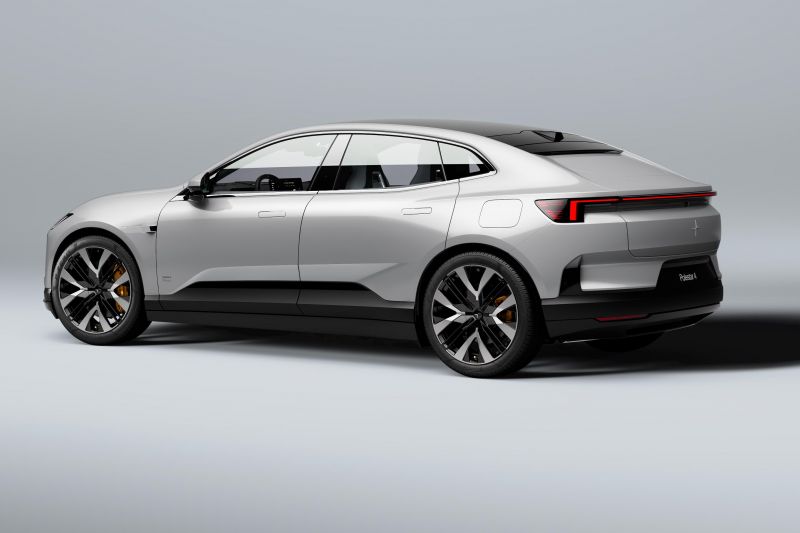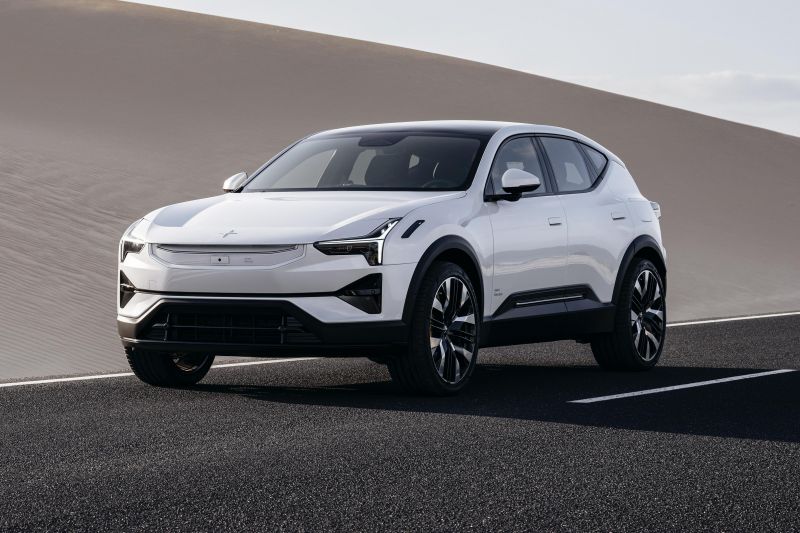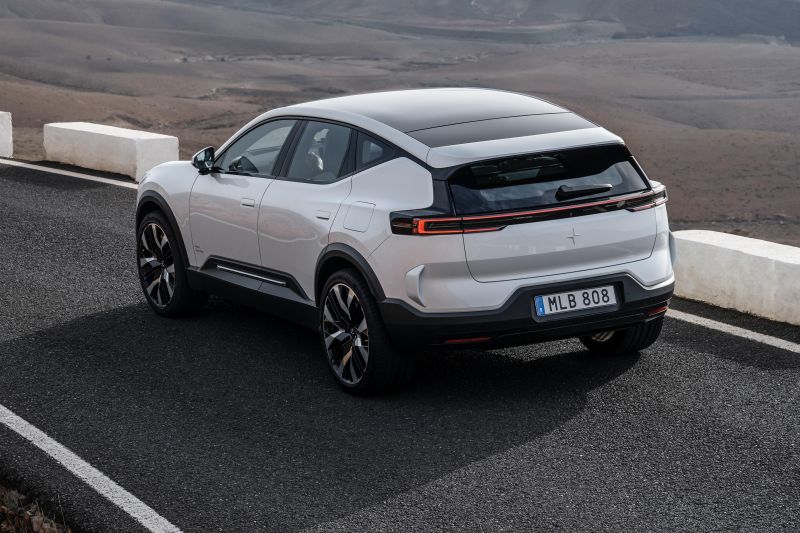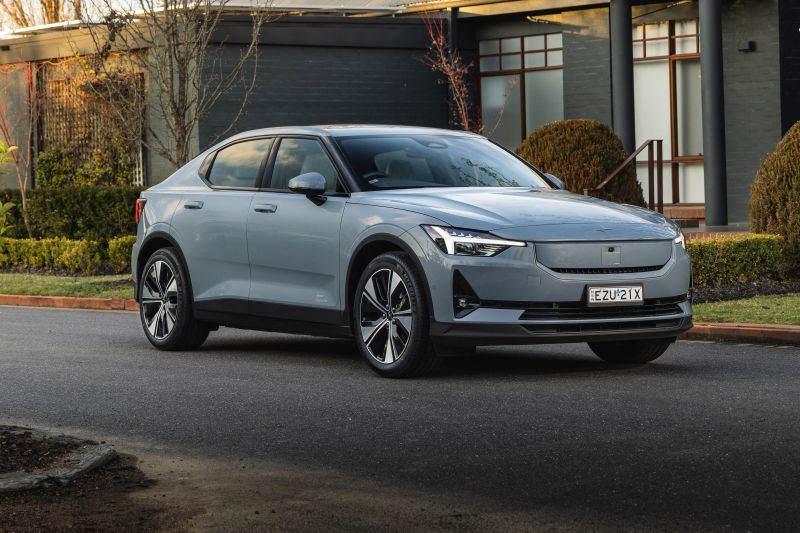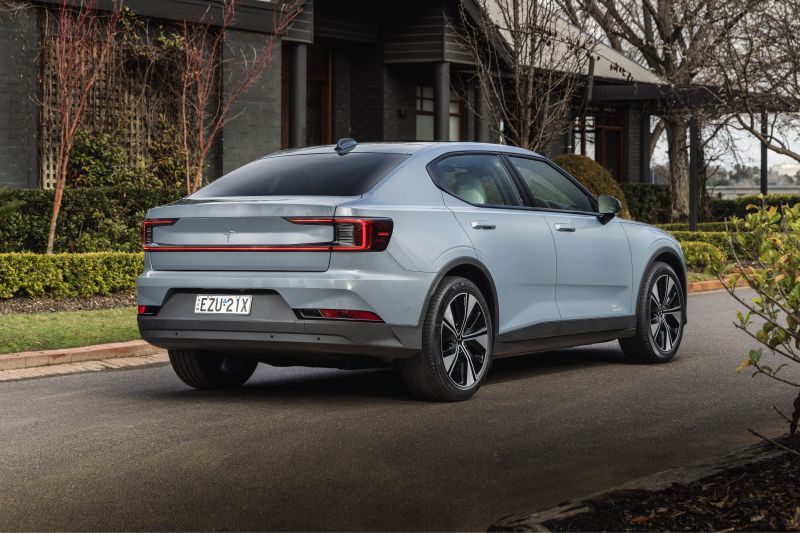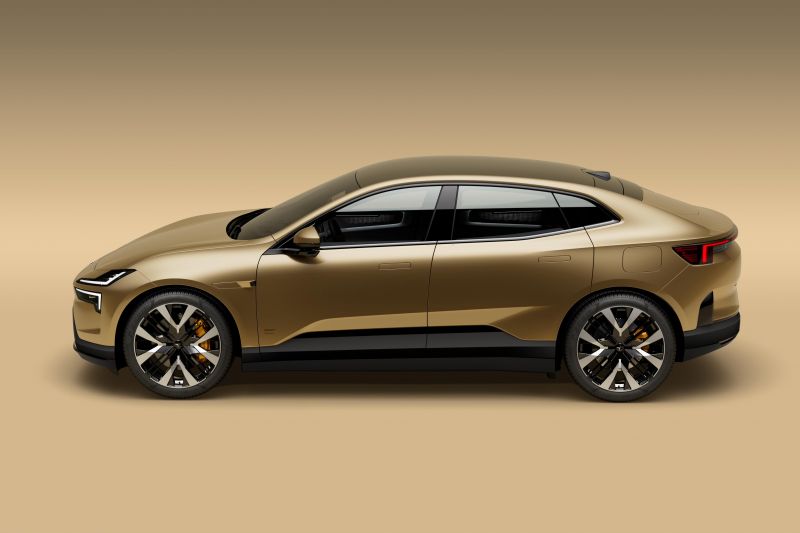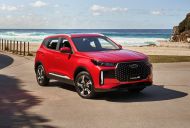Polestar has targeted 2025 as its breakout year in Australia, aiming for more than 5000 sales.
The electric car company will have two new SUV arrivals next year, taking its line-up to three contenders, as it aims for the tipping point that will make it a serious prestige contender, as well as a credible battery-electric alternative to Tesla.
“The expansion of Polestar’s product portfolio will enable us to appeal to a much broader audience. SUVs are a key segment in Australia, so these new models will certainly increase the appeal of Polestar’s model line-up,” the head of Polestar Australia, Samantha Johnson, told CarExpert.
“With the introduction of our first SUV range next year, we anticipate that 2025 will be a successful year with a full 12-month cycle of all products in the Polestar range.
“We’re working on our market strategy for both new models, but we know that entering the SUV category will increase the appeal of our products.”
Ms Johnson also believes the brand is creating a unique showroom position with links to Polestar’s earlier days, when it provided a high-performance edge with tweaked Volvo models including the S60 in Australia.
Volvo Polestar was a winner on the racetrack, although the Swedish brand’s dip into Supercars racing was less than successful.
“It’s all about performance. Polestar will embrace its racing heritage to deliver some of the most exciting electric vehicles in Australia,” said Johnson.
That’s one of the reasons why the updated Polestar 2 is now rear-wheel drive, for better handling and enjoyment, where the original base car drove the front wheels.
But she also knows potential buyers are drawn to the cars’ design.
“Polestar 3 and Polestar 4 will continue to deliver on Polestar’s iconic minimalist, Scandinavian design, while taking in-car technology and sustainable initiatives to the next level,” she said.
Ms Johnson said the Polestar expansion plan is simple.
“Polestar 4 will sit between Polestar 2 and Polestar 3 and is expected to become our most popular model globally,” she said.
So, why should a shopper put Polestar on their list, starting with the updated version of the car that brought the brand to Australia?
“Polestar 2 is the complete package. It’s an offering that appeals to all customers looking for an EV – not just the Tesla Model 3,” she said.
“We find there’s more cross-shopping amongst buyers looking for an EVs than you would usually see with legacy car brands.
“We have a discerning audience and expect to continue to attract people who are looking for something different in the market.
“Polestar is a luxury, sustainable brand. You can no longer be a luxury brand if you aren’t also embracing a climate-neutral future. We’re on a pathway to zero, and that makes for exciting advances in the tech and sustainability space.”
Looking to the future, Ms Johnson said Polestar is tapping the strengths of its Chinese owner – Geely – in a group that now includes Volvo, Polestar and Lotus.
Geely also has a 49 per cent stake in Proton of Malaysia, which will provide a low-cost manufacturing base in Asia.
One of the keys is common electrical and mechanical platforms, which give cost advantages on scale as well as the ability for tuning to individual brand needs.
“The Polestar 3 will use the new SPA2 architecture, which is the next generation of Volvo’s original Scalable Product Architecture platform,” she said.
“Polestar 4 is built on the SEA architecture which has been developed for premium cars by the Geely Research Institute and is shared by the Zeekr 001 and other up-coming models.
“Polestar 4 is designed and developed by our Swedish R&D and engineering teams together with Geely Research Institute in Sweden, UK and China.”





